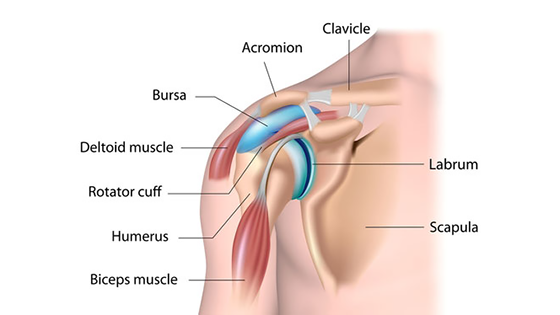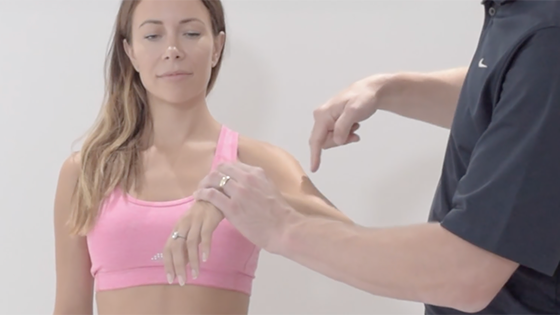The Hawkins-Kennedy test identifies impingement of the shoulder. In impingement syndrome, the rotator cuff tendons become irritated and inflamed. Therefore, as they pass through the subacromial space, they become impinged or pinched. As a result, this leads to pain, weakness, and reduced range of motion in the shoulder.
What is shoulder impingement syndrome?

Shoulder impingement, also known as swimmer’s shoulder or thrower’s shoulder, happens when the tendons of the rotator cuff muscles become trapped or pinched while moving through a narrow bony channel. This channel, called the subacromial space, lies beneath the arch of the acromion.
How to perform the Hawkins-Kennedy Test
Firstly, position the patient seated or standing. Next, lift the arm forward to 90 degrees of flexion. Then, without changing the level of flexion, internally rotate the shoulder.

What is a positive Hawkins-Kennedy test?
Pain or discomfort during the internal rotation phase is indicative of a positive test, suggesting subacromial impingement or rotator cuff pathology. No pain or discomfort indicates a negative test, suggesting that impingement may not be the source of shoulder pain.
Considerations
It’s important to consider that the Hawkins-Kennedy test, while useful, is not definitive on its own. Shoulder impingement can manifest in various ways, and symptoms can overlap with other shoulder pathologies. So, this test alongside other examination procedures and diagnostic tools, such as the Neer’s test, MRI, or X-rays, to gain a comprehensive understanding of the patient’s shoulder condition.
The test’s simplicity and minimal discomfort to patients make it a widely used clinical tool for assessing shoulder impingement.




